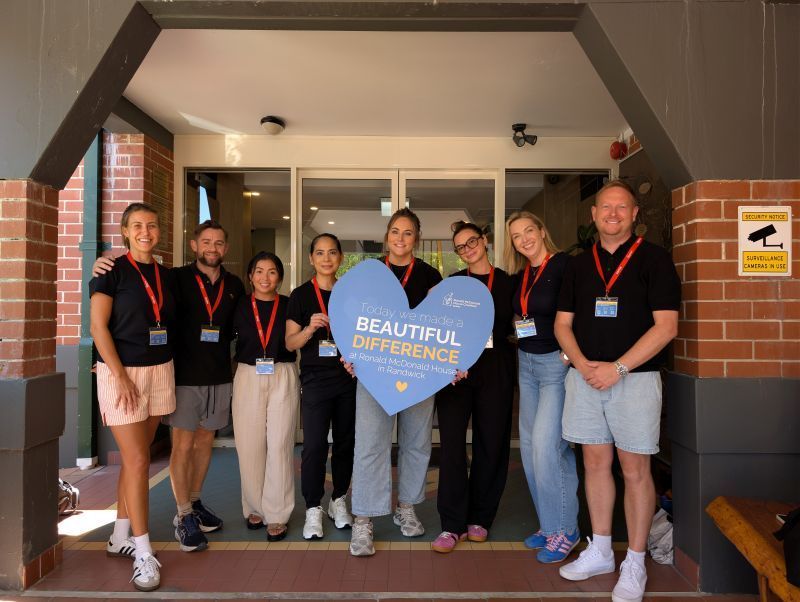Did OHS Act apply to contractor’s employees?
The Supreme Court of Victoria has examined whether s23(1) of theOccupational Health and Safety Act 2004 also applies to employees of independent contractors. It concluded that, like s21, it does.
Breach involved employees of employer and contractor
The operations manager of a resort noticed that a tall eucalypt had fallen close to a road and was suspended in the branches of another tree. He asked three workers to remove the eucalypt. One of them cut the tree with a chainsaw while the other two directed traffic on the road. As the tree was cut, it suddenly dropped and fell on the cutter, who was seriously injured.
A safety inspector charged the Southern Alpine Resort Management Board, which managed the resort, with two offences against the Occupational Health and Safety Act 2004 (Vic). The cutter and one of the helpers were employees of Belgravia Health and Leisure Group Pty Ltd, which had been contracted to run the resort on a day-to-day basis. The operations manager and the fourth man were employees of the board. The first charge, under s21(1) of the Act concerned the two board employees. The second charge, under s23(1) related to the employees of the contractor.
Both charges were dismissed in the Magistrates Court of Victoria. The first because the magistrate was not satisfied that it had been proved, and the second because he found that s23 did not apply to employees of independent contractors.
The inspector appealed to the Supreme Court of Victoria against the dismissal of the second charge on the basis that the magistrate’s interpretation of s23 of the Act was not correct.
Had the magistrate misconstrued the Act?
Section 23(1) of the Act requires an employer to ensure, as far as practicable, that people other than the employer’s employees are not exposed to risks to their health or safety from the conduct of the employer’s undertaking.
The inspector submitted that the section did not expressly exclude independent contractors and their employees. The magistrate had limited the meaning of s23 in a way that could not be justified by the text or the purpose of the Act.
The purpose, according to s2, was after all to secure the health, safety and welfare of employees and other persons at work. In addition, the principles of health and safety protection, as set out in s4(2), provide that persons who control or manage matters that give rise to health or safety are responsible for eliminating or minimising those risks.
The magistrate and the board, however, had pointed to s21(3) of the Act which, although it provided that a reference to an employee included a reference to an independent contractor and the contractor’s employee, also contained an additional proviso in 21(3)(b), namely that the duties of the employer extended to an independent contractor in relation to matters over which the employer had control. The matter of control had not been included in s23(1).
‘Control’ was only an element of the offence
Justice Richards explained that control, in s21(3)(b), was merely an element of the offence. If Parliament had intended s23 to apply only to members of the public, or to exclude independent contractors and their employees, that intention could have been expressed in the provision. The duty of an employer under s23(1) should be taken to be owed to independent contractors and their employees concurrently with the duty in s21(1) as extended by s21(3).
The dismissal of the second charge in the Magistrates Court should be set aside. The inspector’s appeal was allowed.
The question arose whether the matter should be remitted for rehearing by a differently constituted Magistrates Court. Justice Richards, however, decided to remit the proceeding to the same magistrate for further hearing and determination according to law.
Read the judgment
Muscat v Magistrates Court of Victoria [2018] VSC 650 (31 October 2018)
Originally posted on Workplace OHS






